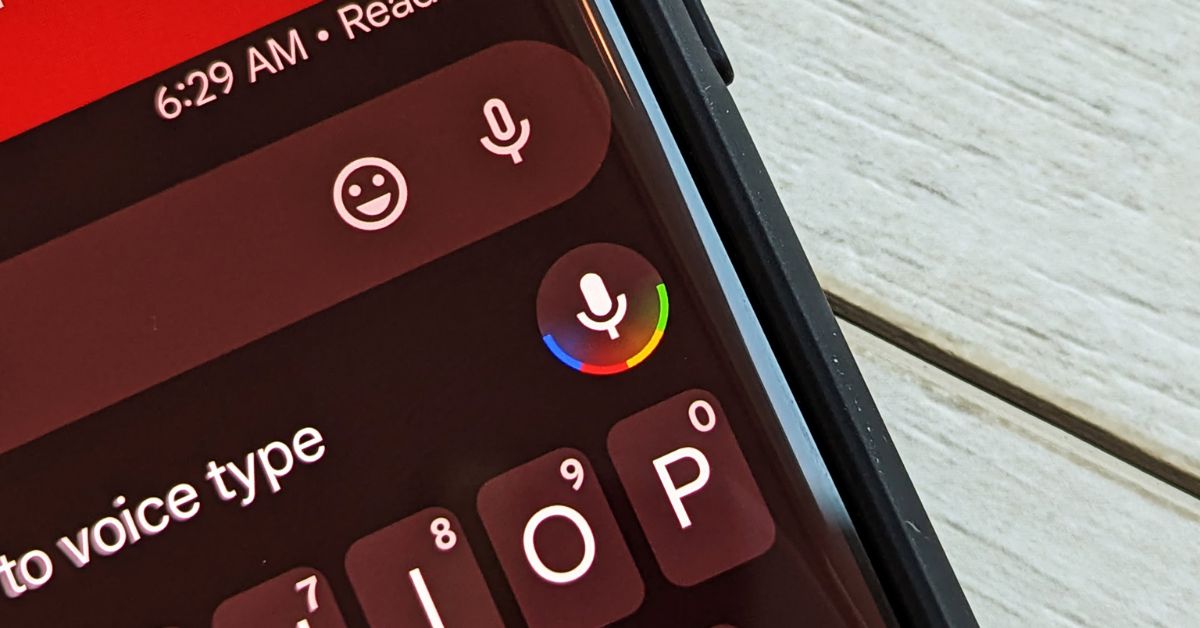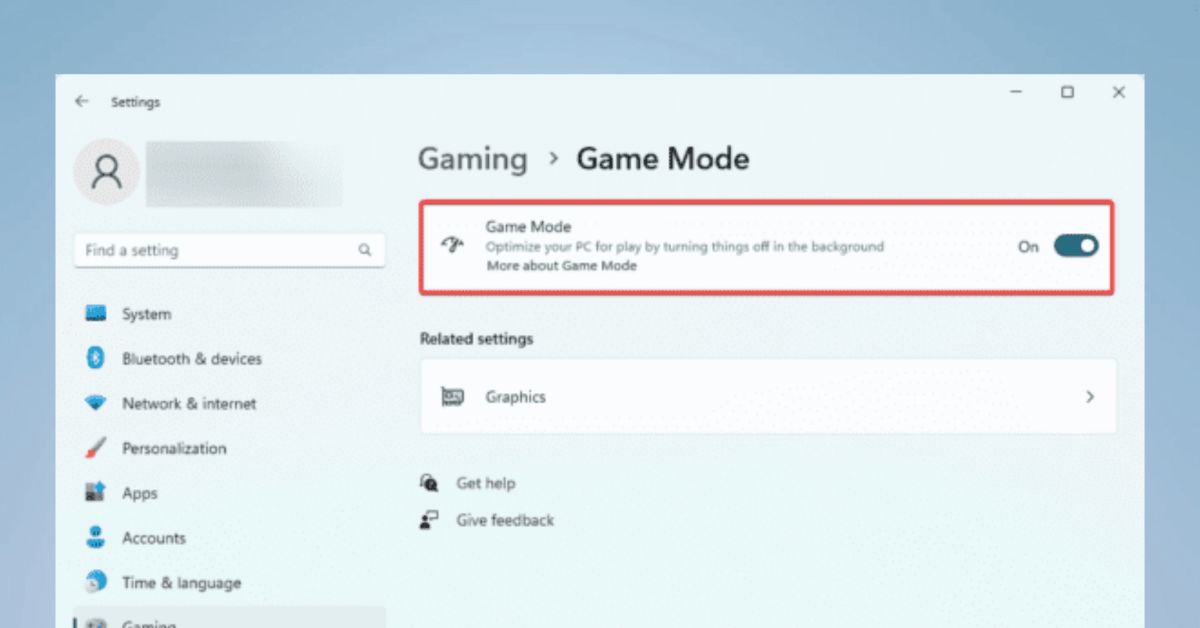Introduction
In fast digital world the demand for seamless and efficient communication tools never been higher. With rapid advancement of technology voice typing has emerged as a game changer offering users a convenient and hands-free way to input text and control their devices. In post well explore latest enhancements and features in voice typing technology highlighting how they are revolutionizing user experience and shaping the future of human-computer interaction.
Understanding Voice Typing
Voice typing known speech recognition technology that converts spoken words into text. It allows users to dictate text instead of typing it manually saving time and effort especially on devices with smaller keyboards like smartphones and tablets. Voice typing has been around for decades but recent advancements in artificial intelligence (AI) and natural language processing (NLP) have significantly improved its accuracy and usability.
Enhancements in Voice Typing
- Enhanced Accuracy
One of most significant improvements in voice typing technology is its enhanced accuracy. Thanks to Al algorithms and machine learning models voice recognition system now better understand natural language patterns accents and dialects. This increased accuracy reduces errors and minimizes the need for manual corrections making voice typing a more reliable and efficient tool for users.
- Multilingual Support
Another notable enhancement in voice typing functionality is support for multiple language. Modern voice recognition systems can recognize and transcribe speech in various languages, allowing users to dictate text in their preferred language seamlessly. This feature is particularly beneficial for multilingual users and those who communicate in diverse linguistic environments.
- Contextual Understanding
Recent advancements in NLP have enabled voicetyping systems to better understand context and semantics. These systems can now analyze surrounding text and context to provide more accurate transcription and suggestions. For example a voice typing tool can recognize the difference between homophones (words that sound alike but have different meanings) based on the context of the sentence reducing ambiguity and improving overall accuracy.
- Real-Time Feedback
Improved voicetyping systems now provide real time feedback to users, helping them identify and correct errors as they dictate text. This feedback may include visual cues, such as highlighting incorrect words or phrases or auditory cues such as spoken prompts or suggestions. By offering immediate feedback, voice typing tools empower users to correct mistakes on the fly enhancing the overall typing experience.
- Personalization and Customization
Personalization and customization features have become increasingly prevalent in voice typing technology, allowing users to tailor the system to their individual preferences and needs. For example users can customize voice profiles toaccount for their unique accents, speech patterns, and vocabulary. Additionally advanced users may have the option to train the voicetyping system to recognizespecialized terminology or jargon specific to their field or industry.
New Features in Voice Typing
- Voice Commands for Device Control
One of the most exciting developments in voicetyping technologyis the integration ofvoice commands for device control. Modern voice typing systems can now recognize and execute a wide range of voice commands allowing users to control various functions and applications on their devices hands free. For exampleusers can dictate commands to open apps send messages set reminders or navigate through menus without touching their devices.
- Dictation in Noisy Environments
Another new feature in voice typing technology is improved performance in noisy environments. Traditional voice recognition systems often struggle to accurately transcribe speech in noisy or crowded settings due to background noise interference. However recent advancements in noise canceling algorithms and microphone technology have mitigated this issue allowing voicetyping systems to maintain high accuracy even in challenging acoustic environments.
- Offline Voice Typing
Offline voicetyping is a convenient feature that allows users to dictate text without an internet connection. While traditional voice recognition systems rely on cloud based processing to transcribe speech offline voice typing utilizes on device processing capabilities eliminating the need for constant internet connectivity. This feature is particularly useful in areas with limited or unreliable internet access ensuring uninterrupted voice typing functionality for users.
- Voice Typing on Multiple Devices
With the proliferation of smart devices and IoT (Internet of Things) technology user increasingly expect seamless integration and synchronization across multiple devices. New advancements in voicetyping technology enable users to dictate text on one device and continue seamlessly on another, thanks to cloud-based synchronization and cross platform compatibility. feature enhances user productivity and flexibility, allowing them to switch between devices without interrupting their workflow.
Summary
The continuous evolution of voicetyping technology has transformed the way we interact with digital devices, offering a more intuitive, efficient, and accessible method of text input and device control. With enhanced accuracy multilingual support, contextual understanding real time feedback and a host of new features, voice typing has become an indispensable tool for users across diverse industries and applications. As technology continues to advance we can expect further innovations in voicetyping functionality, further enhancing the user experience and driving the future of human-computer interaction.




